Dear Stephen,
I have been diagnosed with multiple autoimmune diseases (ocular myasthenia gravis and alopecia areata), among other things, and more recently with high mercury and lyme positive through Igenex Plasmid DNA test. I believe that, if accurate, my lyme has been present but relatively dormant for many years and has re-activated after a long period of extreme work hours, over-taxing my immune system. After all my reading, I do not want to go the antibiotic route. I am hoping that you can recommend an herbal approach right for my particular autoimmune conditions.
Stephen’s response:
I would suggest you begin treating your lyme with Japanese knotweed only and see how you feel after a month on that herb. Then you might add cat’s claw 1 capsule or tablet 1 time per day for a week or two and see how that works for you. If your myasthenia gravis symptoms do not get worse you can then increase the cat’s claw dosage. In some instances herbs that stimulate the immune system can exacerbate auto-immune diseases, so taking it slowly is important. Let me know how you progress and then we can add in additional herbs if you tolerate those well or change them if you do not.
Stephen
-
Stephen Harrod Buhner was an Earth poet and an award-winning author of twenty-four books on nature, indigenous cultures, the environment, and herbal medicine including the acclaimed book Healing Lyme: Natural Healing & Prevention of Lyme Borreliosis & Its Co-infections.
Stephen came from a long line of healers including Leroy Burney, Surgeon General of the United States under Eisenhower and Kennedy, and Elizabeth Lusterheide, a midwife and herbalist who worked in rural Indiana in the early nineteenth century. The greatest influence on his work, however, was his great-grandfather C.G. Harrod who primarily used botanical medicines, also in rural Indiana, when he began his work as a physician in 1911.
Stephen’s work has appeared or been profiled in publications throughout North America and Europe including Common Boundary, Apotheosis, Shaman’s Drum, The New York Times, CNN, and Good Morning America. Stephen lectured yearly throughout the United States on herbal medicine, the sacredness of plants, the intelligence of Nature, and the states of mind necessary for successful habitation of Earth.
He was a tireless advocate for the reincorporation of the exploratory artist, independent scholar, amateur naturalist, and citizen scientist in American society – especially as a counterweight to the influence of corporate science and technology.
View all posts





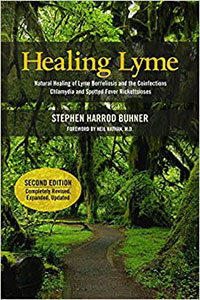
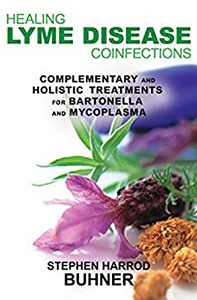
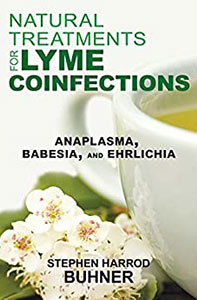
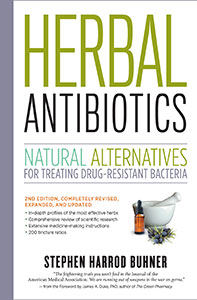
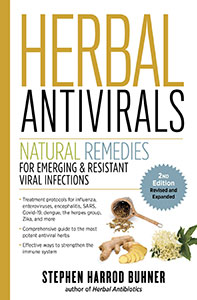



Hello. Just wanted to share my experience with these things. I had a major exacerbation of myasthenia gravis after taking a cat’s claw product for about a month, so I personally would advise anyone with myasthenia to steer well clear of it. Of course, it could have been a coincidence, but I did find out later that cat’s claw contains quinolone precursors. Quinolone antibiotics are contraindicated in myasthenia because they can lead to exacerbations, so perhaps there’s a/the connection? Also I’ve been told to avoid quinine, as in tonic water, etc and also there are some related food additives, I believe.
Cher Monsieur Buhner,
mon fils de 15 ans a développé un énorme Sd PANS il y a 18 mois; Je lui ai d’abord donné de janvier à fin mai 2019 renouée, cardère griffe de chat, hericium: forte amélioration puis salvia miltiorrhiza, avec scutellaria baicalensis déclenchement d’une hypotension ; j’ai introduit alors cryptolepis, senega root , kundzu coriander 5 gouttes X 2/j avec gingembre tisane et là: aggravation des TOC… est ce le gingembre ? j’ai repris depuis hier renouée, hericium + le protocole pans de votre livre… Suis je sur la bonne piste ? Merci de votre réponse